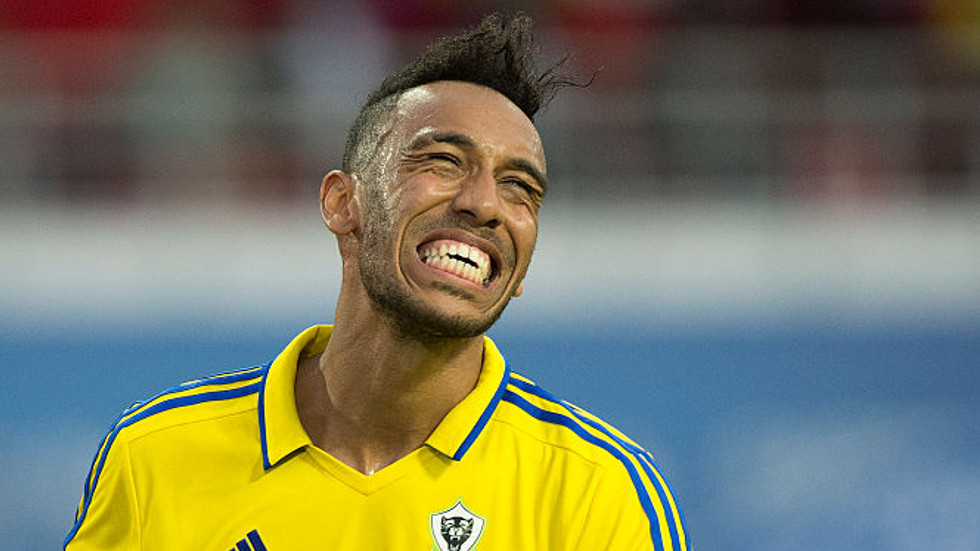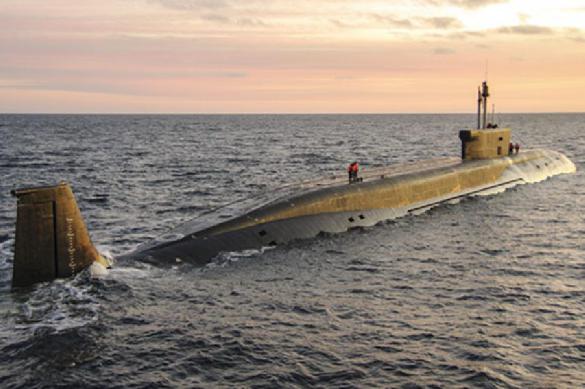[ad_1]
This text is from a sequence by the invaluable William Brumfield, (Wikipedia), Professor of Slavic Research at Tulane College, New Orleans, USA.
Brumfield is the world’s main historian of Russian structure. He makes frequent journeys to Russia, typically to her distant areas, and data probably the most uncommon examples of surviving structure with detailed, skilled pictures.

His most up-to-date e-book is an actual treasure, Structure At The Finish Of The Earth, Photographing The Russian North (2015). (Amazon). This actually lovely e-book was made attainable by the assist of a US philanthropist, and its true value is 3 instances its retail value, and we won’t suggest it extremely sufficient. Right here is our 2015 evaluation of it.
Bravo to RBTH for making Brumfield’s work attainable, and offering such a fantastic platform for his lovely pictures. We suggest visiting the RBTH web page, which has a slide present for every article with many extra footage than we are able to slot in right here.
Do not consider in miracles? Nicely, we are able to guarantee you, Brumfield’s work is undoubtedly simply that. You will discover a whole record of his articles on RI right here.
The unique headline for this text was: St. Avraam Gorodetsky Monastery: Picturesque website with ties to Lermontov
On the best way to Soligalich within the northern a part of Kostroma Area lies one in all Russia’s most picturesque monasteries, positioned on a steep bluff overlooking the deep blue Lake Chukhloma. The monastery is devoted each to the Intercession of the Virgin and to its founder, St. Avraamy of Gorodets. Also referred to as Avraamy of Galich and Avraamy of Chukhloma, this venerable sage led a monastic existence for a lot of the 14th century till his dying in July 1375.
Avraamy was tonsured on the Nizhny Novgorod Cave Monastery, however he quickly moved to the famend Trinity Monastery to the north of Moscow. Like different Russian monastic pioneers within the 14th century, Avraamy was a disciple of St. Sergius of Radonezh (1322?-1392), founding father of the Trinity Monastery and the avatar of Muscovite monasticism.
In some unspecified time in the future in the midst of the century, Sergius gave his blessing to Avraamy’s departure for the Galich principality, far to the northeast of Moscow. Within the space of Lake Galich and its close by city, Avraamy established three monasteries, all of which might be decreased to easy parishes in the course of the monastic reforms of Catherine the Nice.
![]() snimok_ekrana_2016-08-23_v_16.39.58.png
snimok_ekrana_2016-08-23_v_16.39.58.png
Searching for better isolation, Avraamy moved to the north shore of Lake Chukhloma, the place he constructed a log chapel on the water’s edge. As different monks requested to affix him, Avraamy gave his blessing to a neighborhood to be established on the bluff above his hermitag and a wood church devoted to the Intercession of the Virgin was constructed there. Sensing his impending dying in the summertime of 1375, Avraamy moved a brief distance from the monastic neighborhood and handed away. His stays had been interred on the Intercession Church.
In the course of the fifteenth century, the monastery acquired donations from the area’s the Aristocracy, and from the princes of Galich and Moscow. A lot of its earnings got here from salt refining derived from the world’s many brine swimming pools. Grand Prince Ivan III (the Nice) additionally gave the monastery unique fishing rights within the late fifteenth century.
By 1553, Avraamy was domestically commemorated at what had turn into referred to as the Intercession-Avraamy Gorodetsky Monastery. (The Russian Orthodox Church has a system of domestically commemorated saints along with these whose sainthood is commemorated all through the Church.) In 1981, his sainthood was acknowledged by the church as a complete.
As was traditional in Russia, the Gorodetsky Monastery for the primary centuries of its existence was constructed fully of wooden. The monastery’s authentic masonry construction, the modest Church (Cathedral) of the Intercession, was begun in 1607 and consecrated in 1632. It is likely one of the few church buildings initiated in the course of the temporary reign (1606-1610) of Tsar Vasily Shuisky, who had the misfortune to rule in the course of the dynastic disaster referred to as the Time of Troubles and died in 1612 as a prisoner of Polish King Sigismund III Vasa.
![]() snimok_ekrana_2016-08-23_v_16.39.02.png
snimok_ekrana_2016-08-23_v_16.39.02.png
The Intercession Cathedral additionally contained a chapel devoted to the Prophet Elijah, in addition to the stays of the venerable Avraamy. Vandalized in the course of the Soviet interval, the church itself survived, and its inside has been sensitively restored each with wall work and with a brand new icon display.
By the mid Seventeenth century, the monastery gained one other brick church, devoted to St. Nicholas and constructed over the Holy Gates, or foremost entrance, on the west facet of the monastic compound. This church, with an extra altar to St. Paraskeva-Pyatnitsa, has additionally been restored.
In the course of the reign of Catherine the Nice, the Avraamy Gorodetsky Monastery was stripped of its landholdings, however continued to outlive on native donations. Within the Nineteenth century, it additional benefited from the massive buying and selling gala’s (the Avraamy Festivals) that had been held close to the monastery a number of instances annually.
![]() snimok_ekrana_2016-08-23_v_16.37.53.png
snimok_ekrana_2016-08-23_v_16.37.53.png
Certainly, the monastery’s regional prominence and favored location led to a surge of development within the latter half of the Nineteenth century. The primary part started in 1857 with the dismantling of the Chapel of the Prophet Elijah hooked up to the north wall of the Intercession Cathedral. As a replacement, a big cathedral devoted to the domestically revered Tenderness Icon of the Virgin was constructed in the course of the decade from 1857 to 1867. Luckily, the Seventeenth-century Intercession Cathedral was preserved, and the 2 constructions had been related by a passage.
The design of the brand new cathedral adopted the Russo-Byzantine model developed by the distinguished architect Constatine Thon, creator of the unique Cathedral of Christ the Savior in Moscow. The construction, topped with 4 massive cupolas, has intensive work on its white facade. The inside is nicely illuminated and has a brand new icon display.
After the completion of the Tenderness Icon Cathedral, work started within the 1870s on a grand four-tiered bell tower over the North Gate. Along with new cloisters, the Nineteenth-century buildings remodeled the monastery’s look.
![]() snimok_ekrana_2016-08-23_v_16.38.05.png
snimok_ekrana_2016-08-23_v_16.38.05.png
Following the Russian revolution, the monastery was topic to harassment all through the Twenties and closed in 1929. In the course of the Soviet interval, the buildings had been used for varied functions, together with as a village faculty, however vandalism and lack of upkeep took their toll. The monastery partitions and a part of the St.Nicholas Gate Church had been dismantled for brick by native villagers. An try and preserve the monastery within the early Nineteen Seventies had solely restricted impact. Beneath these circumstances, it’s one thing of a miracle that the historic constructions had been preserved in any respect.
A sustained revival of the Avraamy Gorodetsky Monastery started in 1990, and in 1991, the primary liturgy was held. Since then, the monastery has regained its lively standing and attracts quite a few pilgrims. Its three church buildings have been fantastically restored and the cloisters refurbished. Elements of the monastery cemetery, which was desecrated in the course of the Soviet interval, have additionally been reclaimed.
![]() snimok_ekrana_2016-08-23_v_16.39.32.png
snimok_ekrana_2016-08-23_v_16.39.32.png
One of the attention-grabbing discoveries within the cemetery is a wood chapel consecrated in 1997 to honor the 400thanniversary of the delivery of George Learmonth, a Scottish mercenary who entered the service of Polish King Sigismund III Vasa in the course of the Polish-Muscovite Battle (1609-1618). Captured by Prince Dmitry Pozharsky on the siege of the Bely Fortress in 1613, George Learmonth determined to enter Russian service, and after years of loyalty, was granted land within the Chukhloma space. Killed in battle in opposition to Polish forces in 1633, he was buried on the Avraamy Gorodetsky Monastery.
George Learmonth’s most well-known descendant was one in all Russia’s best writers, Mikhail Lermontov (1814-1841). There is no such thing as a proof that the younger poetic genius and creator of the psychological masterpiece A Hero of Our Time (1838-1840) visited the monastery, but its connection to his brave Scottish forefather is now commemorated.
Due to the efforts of the “Lermontov Heritage” Affiliation (which incorporates Lermontov household descendants in the US) in addition to the assist of the Diocese of Kostroma and Galich, a chapel-monument to the Lermontovs now stands on the sacred territory of the Intercession-Avraamy Gorodetsky Monastery.
![]() snimok_ekrana_2016-08-23_v_16.38.48.png
snimok_ekrana_2016-08-23_v_16.38.48.png
[ad_2]
Source link














